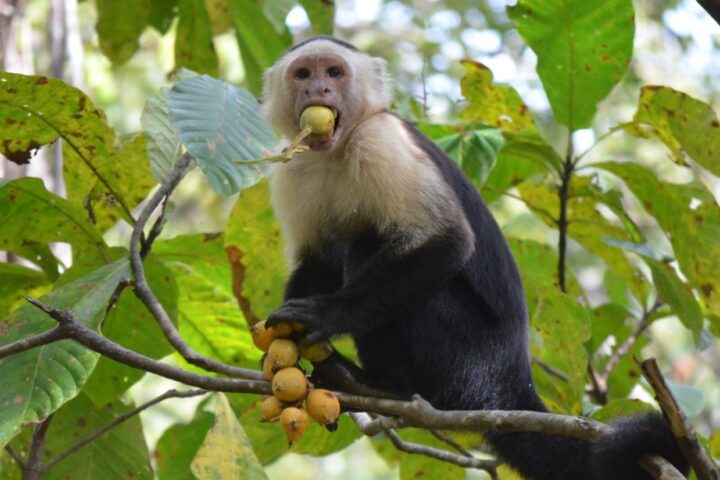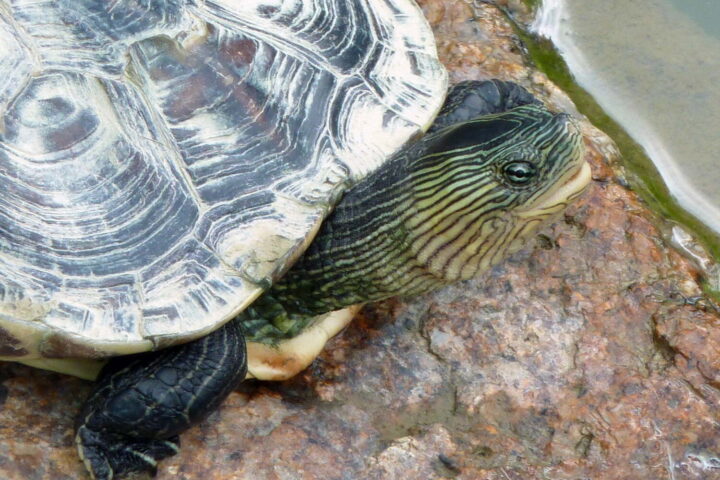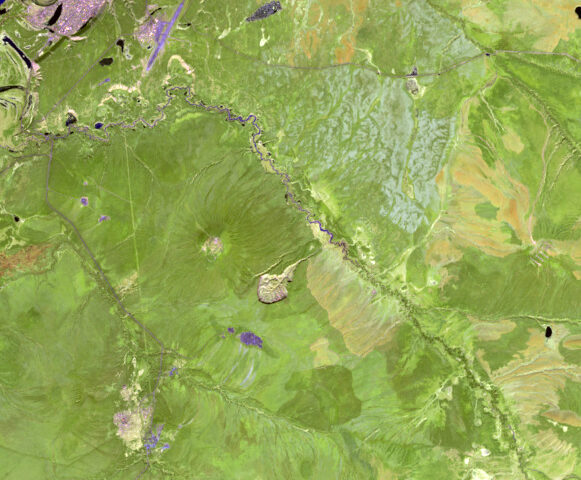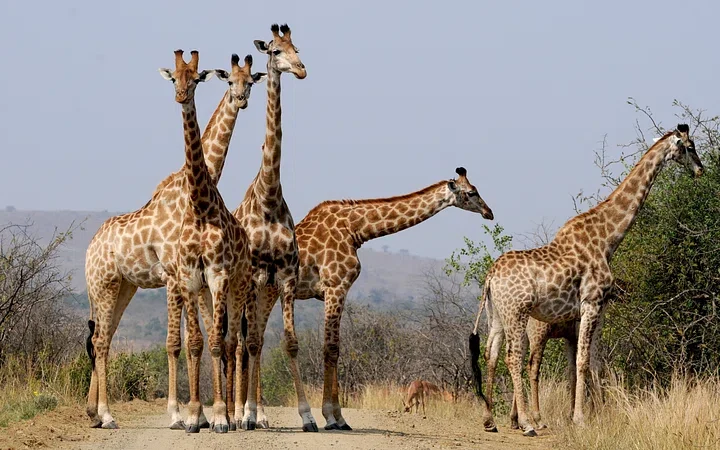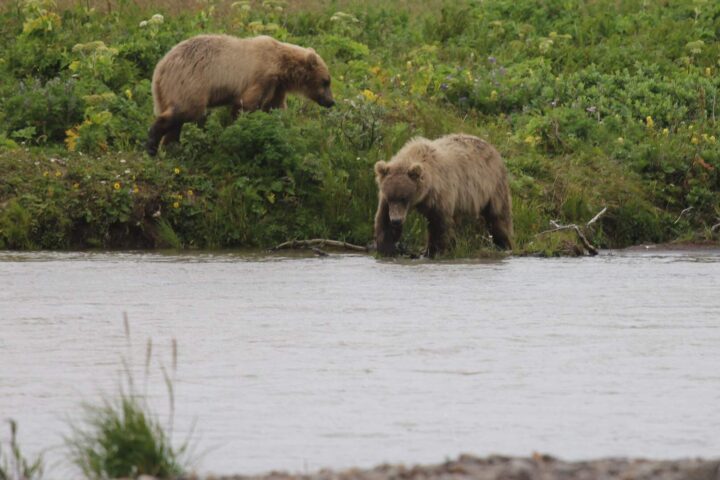A new and updated wildlife comeback report at a European scale on September 27 launched with the latest and state-of-the-art insights opportunities and challenges commissioned by Rewilding Europe. This work of Science based peer-reviewed overview of the comeback of the range of European wildlife species has been considered by the experts of the Zoological Society of London and Birdlife International and the European Bird Census Council.
The first Wildlife comeback report, published in 2013 to learn about wildlife comeback in Europe and support it going forward, describes the comeback of selected bird and mammal species that have shown a comeback over the past 40-50 years. The production of this new Wildlife Comeback report is funded by Arcadia, a charitable fund of Lisbet Rausing and Peter Baldwin, WWF Netherlands, and the Dutch Postcode Lottery.
- This state-of-art publication has been worked upon by 70 experts from all over Europe.
- Insights into the recovery of 50 European species would be given by the new report.
- Species trends over an average of 43 years also got featured in the new report.
- In addition to the previous report six mammals, six birds, and one reptile species have also been combined.
Understanding and Embracing Recovery
The core objectives of Rewilding Europe’s mission is supporting wildlife comeback either by creating the condition for the wildlife to return to its own accord or by reintroducing animals into the habitats where they are missing and cannot bounce back on their own. Moreover, prioritization of supporting wildlife comeback became more critical due to the unprecedented rate of declining biodiversity and optimism.
The willingness and desire of Europeans to live alongside and enjoy the presence of wild animals followed by key factors like increased legal protection, creation of corridors between protected areas, recovery of prey species, reintroduction, and other population support measures led to the recovery of the number of wildlife species resulting a spectacular return across Europe over the last four decades.
Wildlife Brings Benefits
The new publication put forth different ways to support wildlife comeback and the essential roles wildlife plays within our landscape, with benefits of nature, climate, and people. The comeback of wildlife can help restore ecosystem functioning by reviving the interactions between the species and their habitats. Healthy ecosystems, in turn, deliver a wide range of benefits from providing us with fresh water, carbon storage, and fire and flood prevention to socio-economic benefits for local communities and beyond. However, landscapes without wildlife are like theaters without actors which ultimately curves out their dependency upon each other.
Until Now & Ahead
In general, it can be said that the health and functionality of the entire ecosystem can be improved by accelerating and widening wildlife comeback in Europe, delivering a vast array of benefits for nature, climate, and people. We need to embrace and learn from the recovery of wildlife populations. Thus if we give space along with appropriate measures and increasing tolerance of native wildlife species by man, such species will continue to increase in population size and range, and wildlife can return. In this Rewilding Landscapes, their local teams are working on a variety of wildlife population support measures, such as corridor creation, reintroductions, mitigation of conflict, and the promotion of co-existence, to help wildlife and subsequently, entire ecosystems bounce back.



